- Learning time
- 60 minutes
- First play time
- 120 minutes
Luna
Designed by: Stefan Feld
In Luna, players are competing orders of Pagan worshippers fight for the right to decide the successor of the Moon Priestess. A fight to the death? A blood sacrifice? No – a game of strategic and tactical political chicanery.
The board is a series of islands, each of which can be visited by novices to complete certain actions: smaller ones allow you to gather actions for subsequent play, and your main objective is to populate the biggest island of all – the temple – with your novices, to sway the victory your way.
Each player begins the game with five such novices at their disposal – though you can recruit more during play – and they begin the game scattered around the various isles. On your turn you have various actions you can take involving your novices – moving them from island to island, or removing them (in pairs) from an island in order to pick up one of the special action chits. These can then be played: boats can move novices around, herbs help used novices back onto an island, shrines can be built that make your economy cheaper: on an island where you’ve built a shrine, one novice can now to the work of two.
But as previously stated, you really want to get monks into the temple. Adding a monk there is done by taking a tile from a path around the main island – either behind the guard, or ahead of him if you have a bribe handy. Each tile has a number value so when you add it to the temple, any adjacent tiles occupied by opponent’s monks get bumped out – and no longer score points. There are two puzzles at play here – the economy of novices, shrines and actions, and the temple scoring. But rewind back to the start now because there are three more factors to consider as well: shuffling around the islands are the Builder, the Apostate, and the Moon Priestess herself. A shrine may only be built where the builder is. The Apostate costs you points if you are present on his island come the end of a round. And the Priestess, as you might expect, scores you points.
There’s a fair bit going on in Luna – we’ve not told you everything here – but after six rounds of cognitive thought and tactical battle, the player with the most points wins.
The guru's verdict
-
Take That!
Take That!
More than first meets the eye. Although there's no direct combat as such, just one play of the game will reveal it's tormented inner soul: you can be ousted from point-scoring positions in various places, left behind on tie-breakers, hit by the unexpected arrival of the Apostate...
-
Fidget Factor!
Fidget Factor!
High dropping to moderate. Like most Stefan Feld games, it's more a puzzle than a story, and every play requires a bit of thought.
-
Brain Burn!
Brain Burn!
There are different ways to play Luna; aggressively, reactively, tactically... but the main puzzle will always be the challenge of realising plans without opponents outwitting you.
-
Again Again!
Again Again!
There are no random factors in Luna, but it's not a game you can exactly tick off either. Each play brings new challenges.


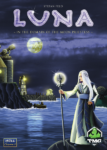

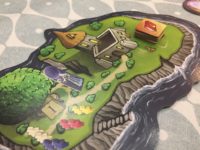
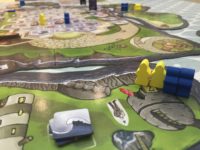
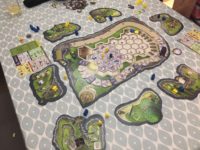
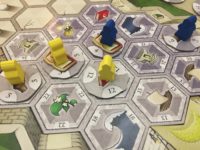
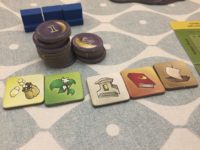



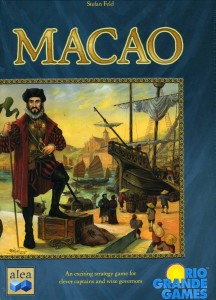
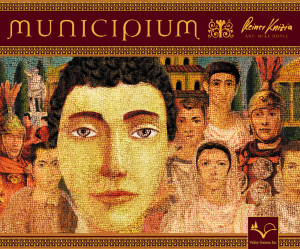

Sam says
I enjoyed Luna well enough - almost more chewing it over after the event than the actual play. This designer's games never fail to have a little intrigue in them; they're always cleverly designed and although the theme rarely comes through, the play is intricate. That said though I think there have been games published since that do the puzzle thing in a more satisfying way, visually speaking. And games where the puzzle element has felt more overtly fun. It's a hard one to sum up, but for whatever reason despite impressing me, I didn't feel a huge amount of warmth for it - unlike sister game Macao, for instance, which I've played a zillion times and still enjoy a great deal.